
When considering pool cleaners in the budget range, two models that often come into discussion are the Aiper Seagull 600 and the Aiper Seagull SE. Each model offers affordability and promises ease of maintenance. However, during our rigorous testing, both fell short in significant ways, impacting their overall functionality and performance.
The Aiper Seagull 600, while being the most popular unit Aiper manufactures, aims to attract budget-conscious consumers with its lower price tag. However, the trade-offs were evident. The Seagull 600's weak motor, lack of active brush, and inefficient filtration system made it difficult for this model to meet our expectations. Our full review highlights these points in more detail.
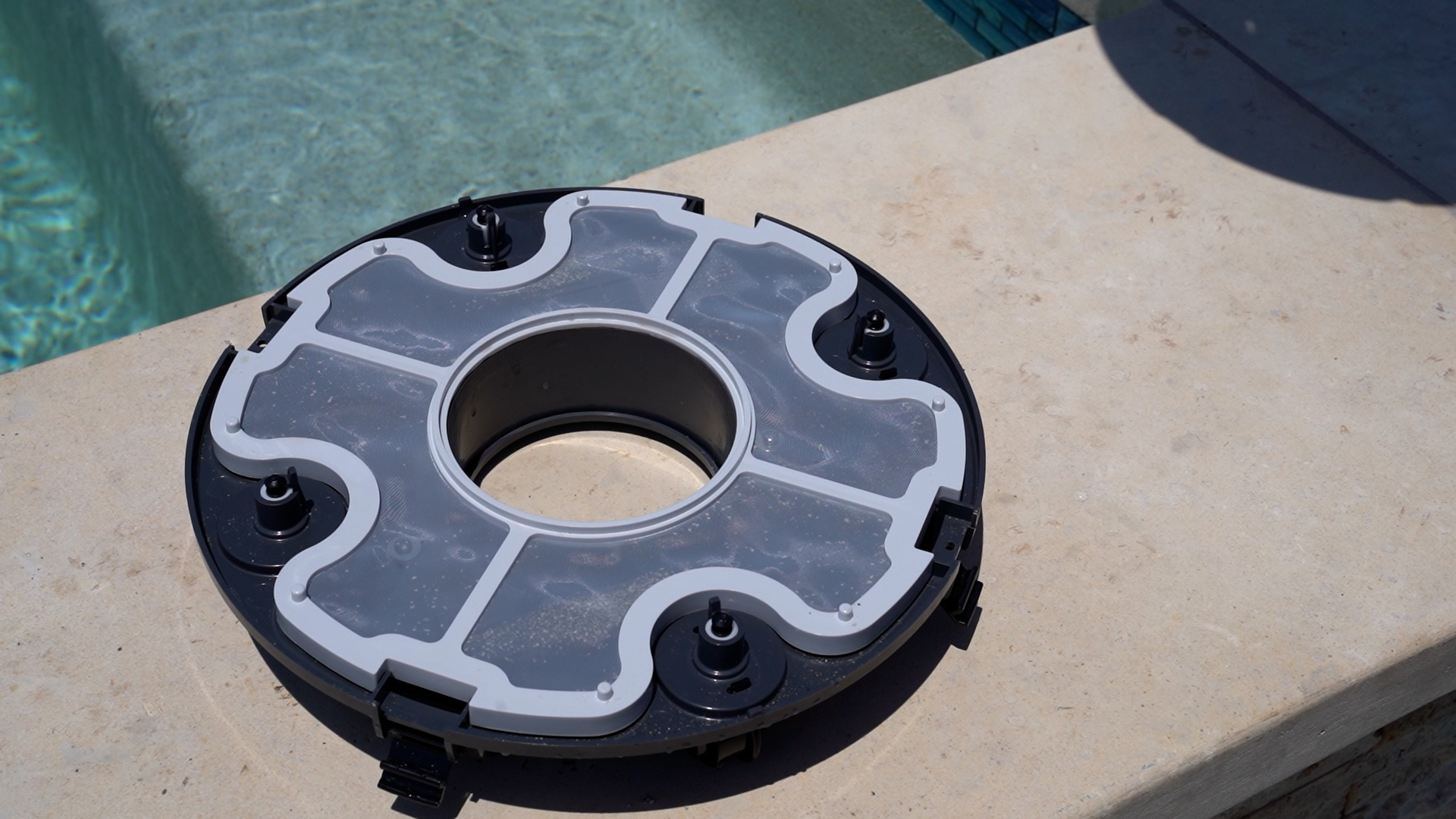
On the other hand, the Aiper Seagull SE is a relatively new entry from Aiper, designed to address some of the issues present in earlier models. Despite these intentions, our experience didn't see a substantial improvement. While it boasts a sleek new design and longer battery life, its performance was marred by persistent issues like inadequate cleaning coverage and insufficient filtration. For a thorough look at how the SE model compares, refer to our in-depth review.
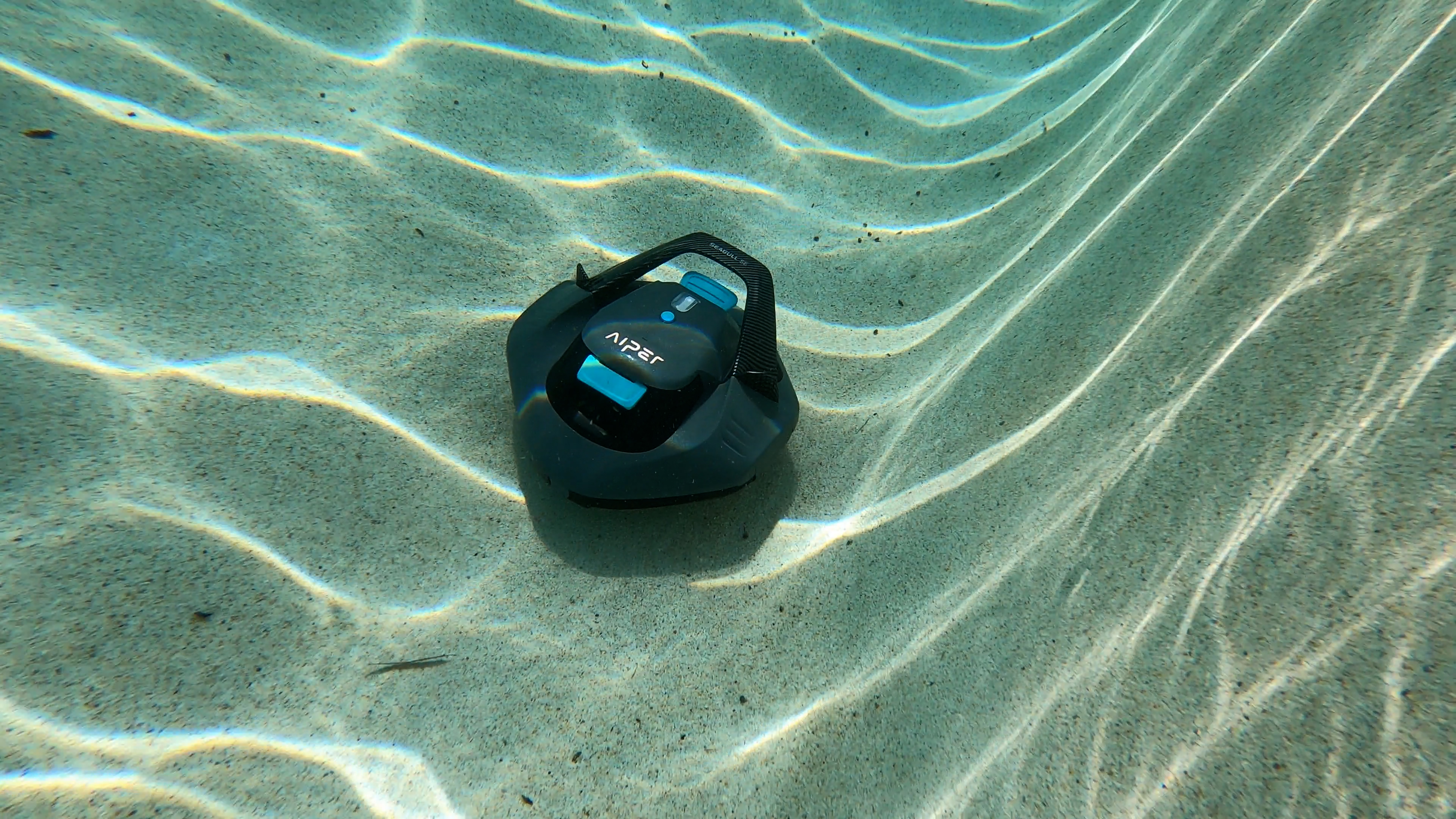
To ensure our reviews provide accurate and comprehensive insights, we meticulously buy, test, and evaluate each pool cleaner. Both the Seagull 600 and Seagull SE were subjected to the same stringent criteria, including pool coverage, filtration ability, and feature sets. Our findings, detailed in their respective articles, aimed to help consumers make informed decisions.
When it comes to testing pool cleaners, we ensure a comprehensive evaluation over a consistent three-month period. Our tests for models like the Aiper Seagull 600 and Aiper Seagull SE involve specific criteria: pool coverage, filtration ability, and feature sets. By sticking to our stringent testing protocols, we aim to deliver accurate assessments that you can rely on.
For the Aiper Seagull 600, pool coverage is a significant factor. This model struggled notably in this category. Its small plastic wheels and weak motor meant it could only clean flat surfaces, failing to ascend pool walls or navigated slopes. We observed it getting stuck often, which significantly hampered its efficiency.
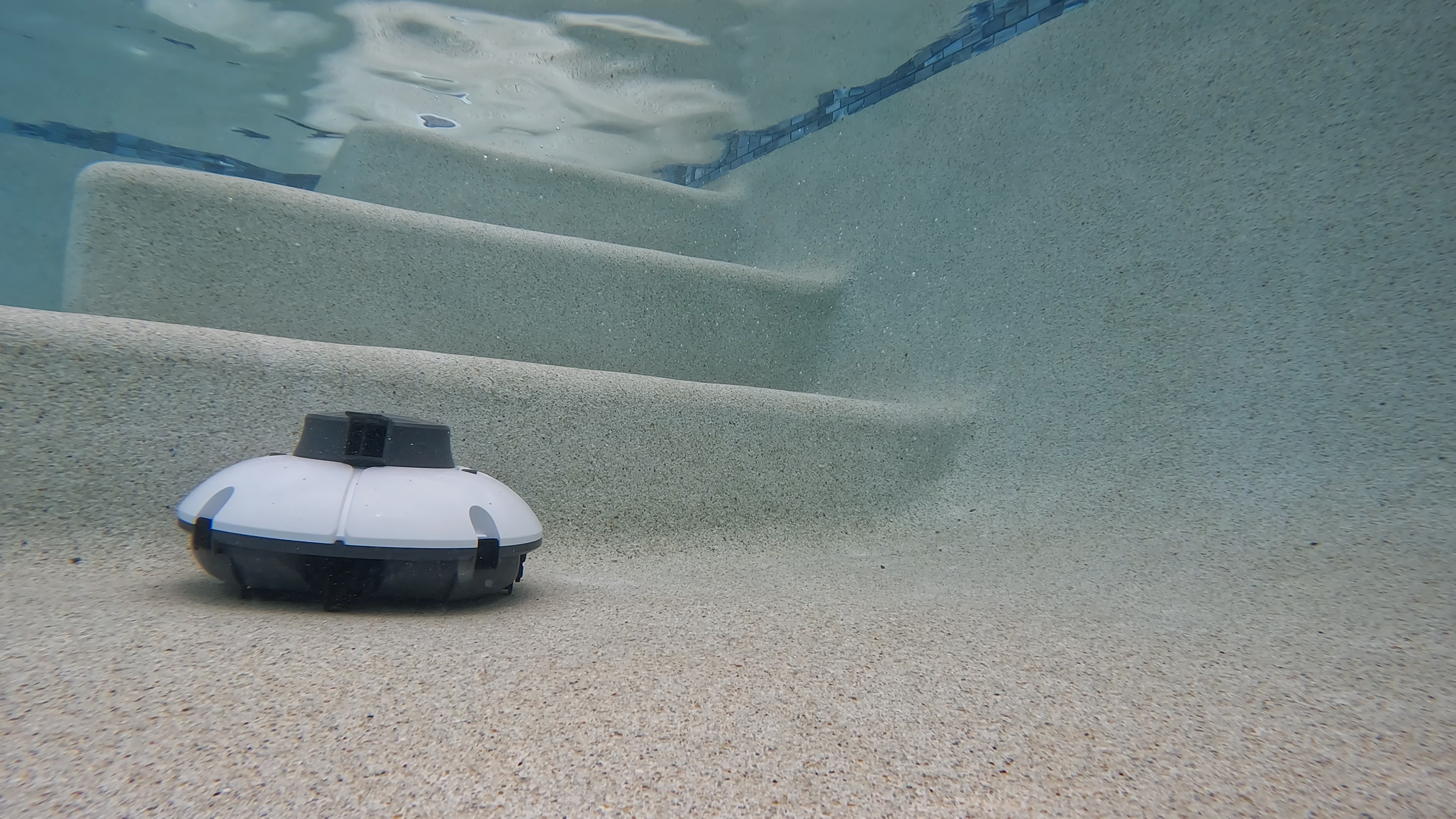
Filtration ability is another critical area we examined. The Aiper Seagull 600 comes with a flat, fine filter. While testing, we found that this filter was inefficient at capturing smaller particles, most of which were returned to the pool. When compared to other models that offer multi-layered filtration options, the Seagull 600 fell significantly behind.
The feature set and warranty of the Aiper Seagull 600 compel scrutiny. Its cordless design was more a hindrance than a boon, mainly due to the long charging times and weak battery life. Users reported it could hardly manage a full cleaning cycle without needing a recharge. Additionally, the model only comes with a one-year warranty, posing another significant drawback.
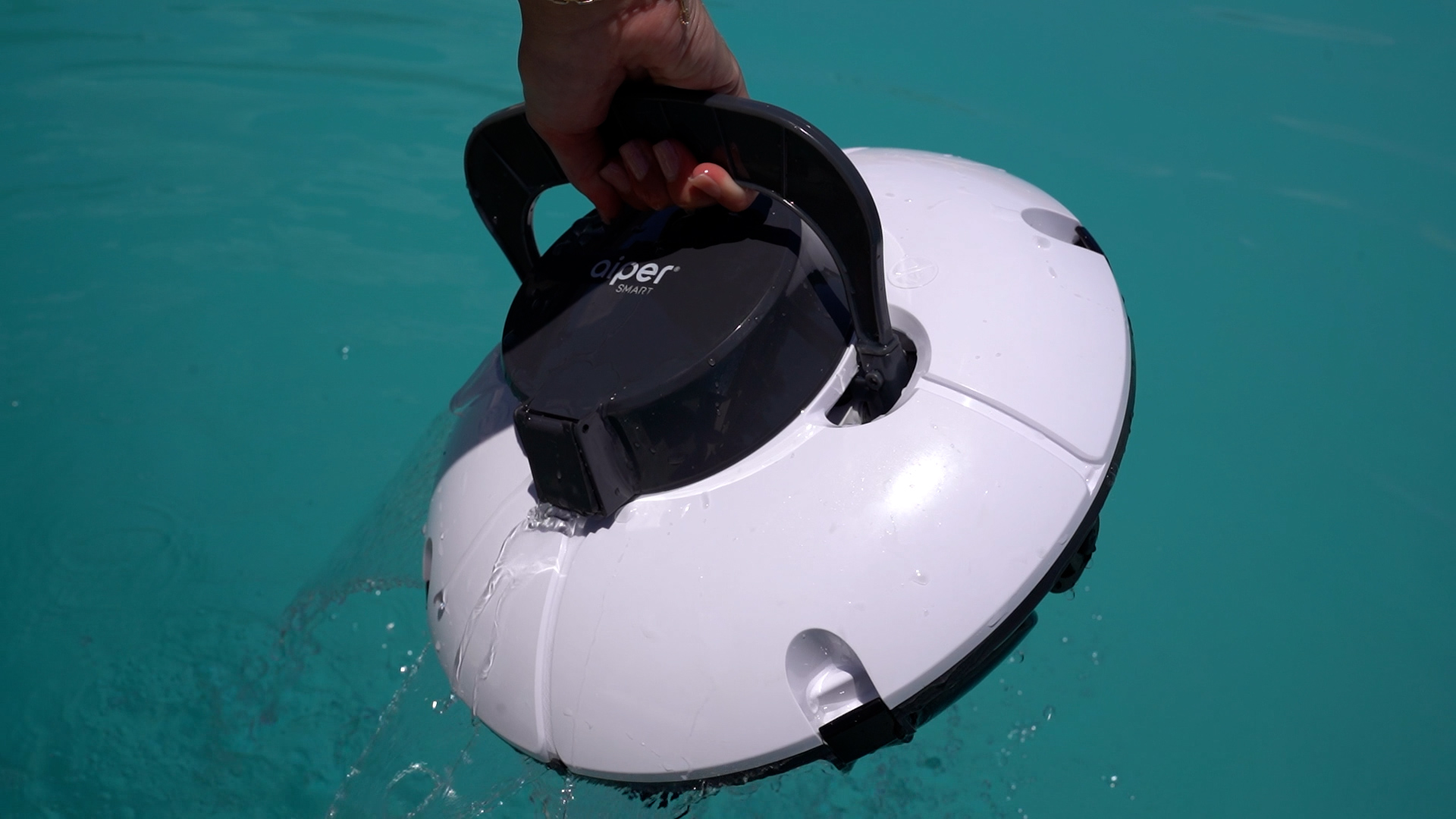
Turning to the Aiper Seagull SE, this newer model was similarly disappointing. Like its predecessor, it only managed floor coverage and failed to ascend walls or handle slopes effectively. This model underwent a three-month evaluation period, where we meticulously recorded its shortcomings.
In terms of filtration, the Seagull SE also fell short. Equipped with a flat filter, it couldn't capture microscopic particles effectively. This was especially disheartening given that many entry-level and mid-tier models now come with more efficient filtration systems, such as the new NanoFilters offered by brands like Dolphin.

Regarding the feature set and warranty, the Seagull SE showcased minimal improvements over the 600 model. While the charging time was reduced and battery life slightly extended, these upgrades didn't translate into a significantly better cleaning experience. The model retained the same one-year warranty, limiting consumer confidence in its longevity.
"Good design doesn’t always equate to good performance." This holds when comparing the Aiper Seagull SE against more advanced options. Despite promises of enhanced functionality, our detailed tests revealed that it still couldn't measure up to alternatives like the Dolphin Escape or Dolphin Cayman.
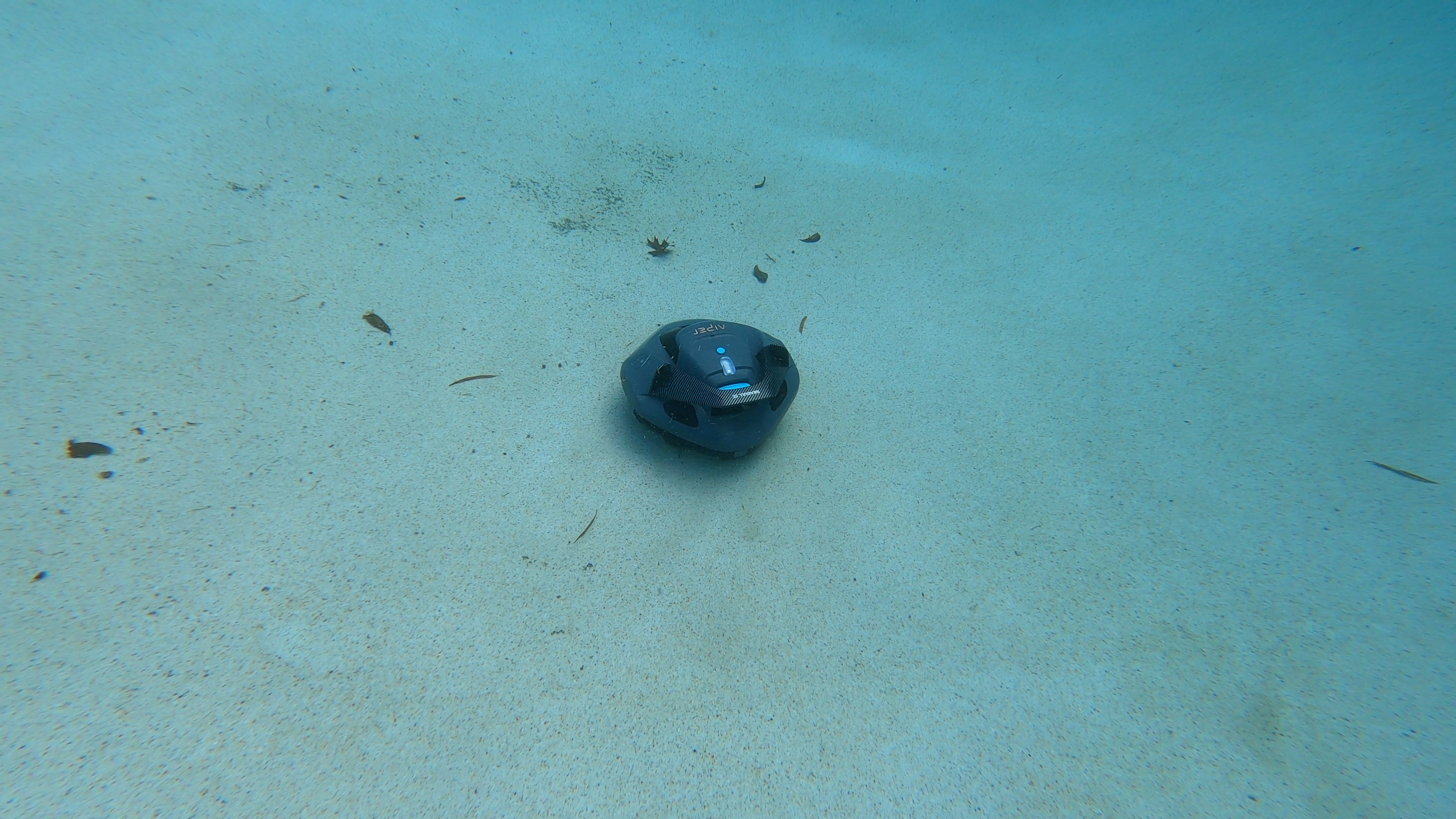
In conclusion, both the Aiper Seagull 600 and Aiper Seagull SE models, despite their affordability, failed to impress us during our months of testing. Their inadequate cleaning efficiency, poor battery life, and basic filtration systems make them less ideal compared to more robust and efficient models such as the Dolphin Cayman or Dolphin Escape.
When analyzing the coverage capabilities of the Aiper Seagull 600 and the Aiper Seagull SE, it's clear that both models primarily focus on floor cleaning. Neither robot is designed to climb walls or navigate complex pool features, which significantly limits their overall effectiveness in maintaining a clean pool environment. Let's delve into the specifics of how each model performs in this category.

The Aiper Seagull 600 exhibits several shortcomings in its pool coverage. Equipped with tiny plastic wheels and a weak motor, it struggles to navigate inclines and cannot ascend pool walls. Additionally, the lack of a navigation system means it often repeats paths, misses spots, and gets stuck frequently. Despite a price tag designed to attract budget-conscious consumers, its performance leaves much to be desired, as evidenced by its poor coverage score of 2/5.
In comparison, the Aiper Seagull SE also focuses solely on floor coverage. While it sports an updated design, it does not show significant improvements in pool coverage compared to the Seagull 600. The Seagull SE's inability to navigate slopes or clean walls, combined with its lack of a navigation system, means it suffers from the same issues of repeated paths and missed spots. Consequently, its coverage score is slightly lower at 1.5/5.
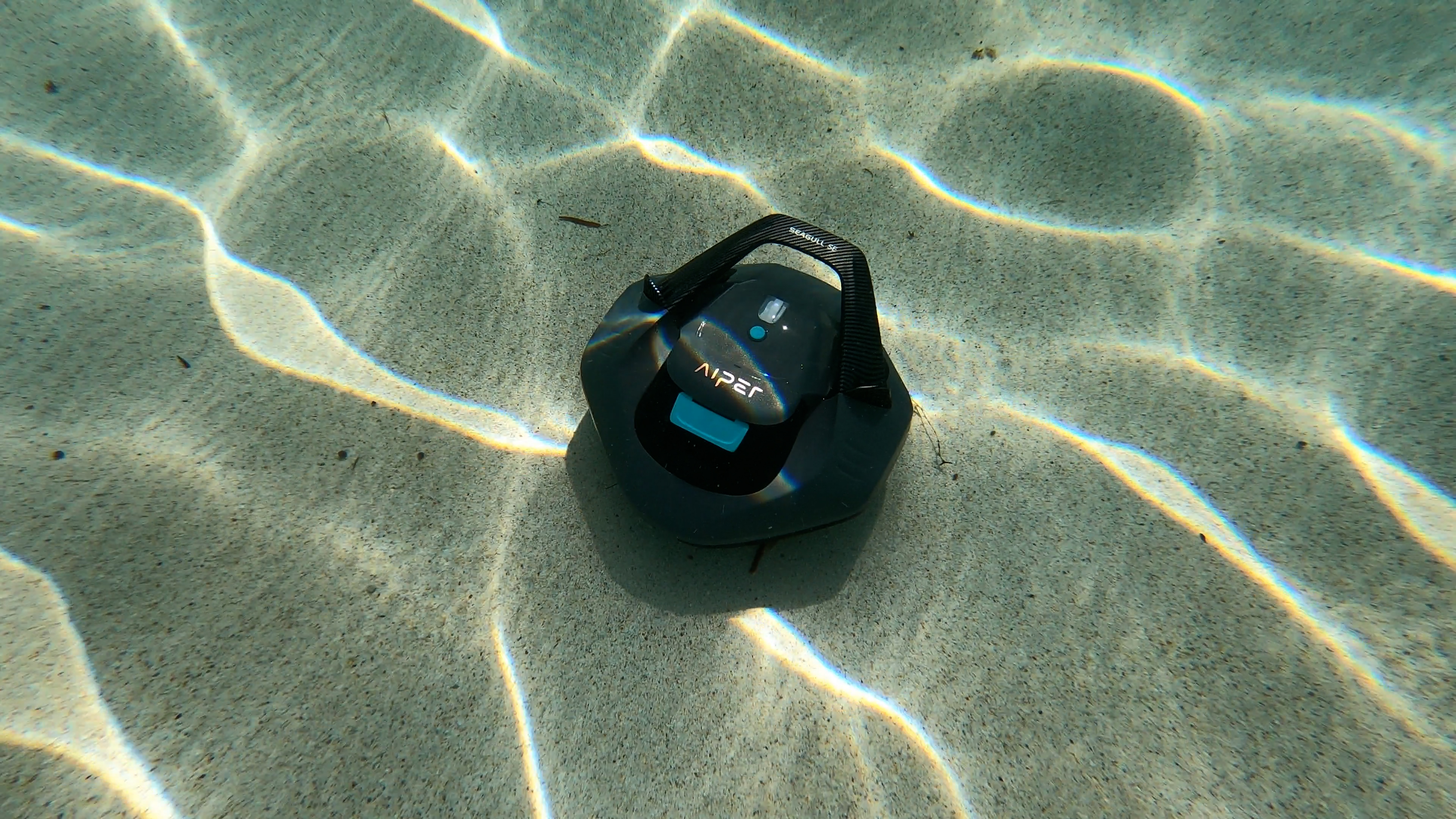
When evaluating the overall cleaning efficiency, neither robot manages to deliver a thorough clean. The Seagull 600's quick pace often means it misses debris, while the Seagull SE leaves behind significant amounts of leaves and dirt, even after multiple cleaning cycles. Without active brushing systems, both units struggle to dislodge and capture debris effectively.
Ultimately, the coverage capabilities of both the Aiper Seagull 600 and the Aiper Seagull SE fall short compared to more advanced pool robots. The Seagull 600, with a coverage score of 2/5, slightly outperforms the Seagull SE, which scored 1.5/5. However, both models are not equipped to provide comprehensive cleaning and are overshadowed by alternatives that offer full pool coverage, like the Dolphin Cayman and the Dolphin Escape.
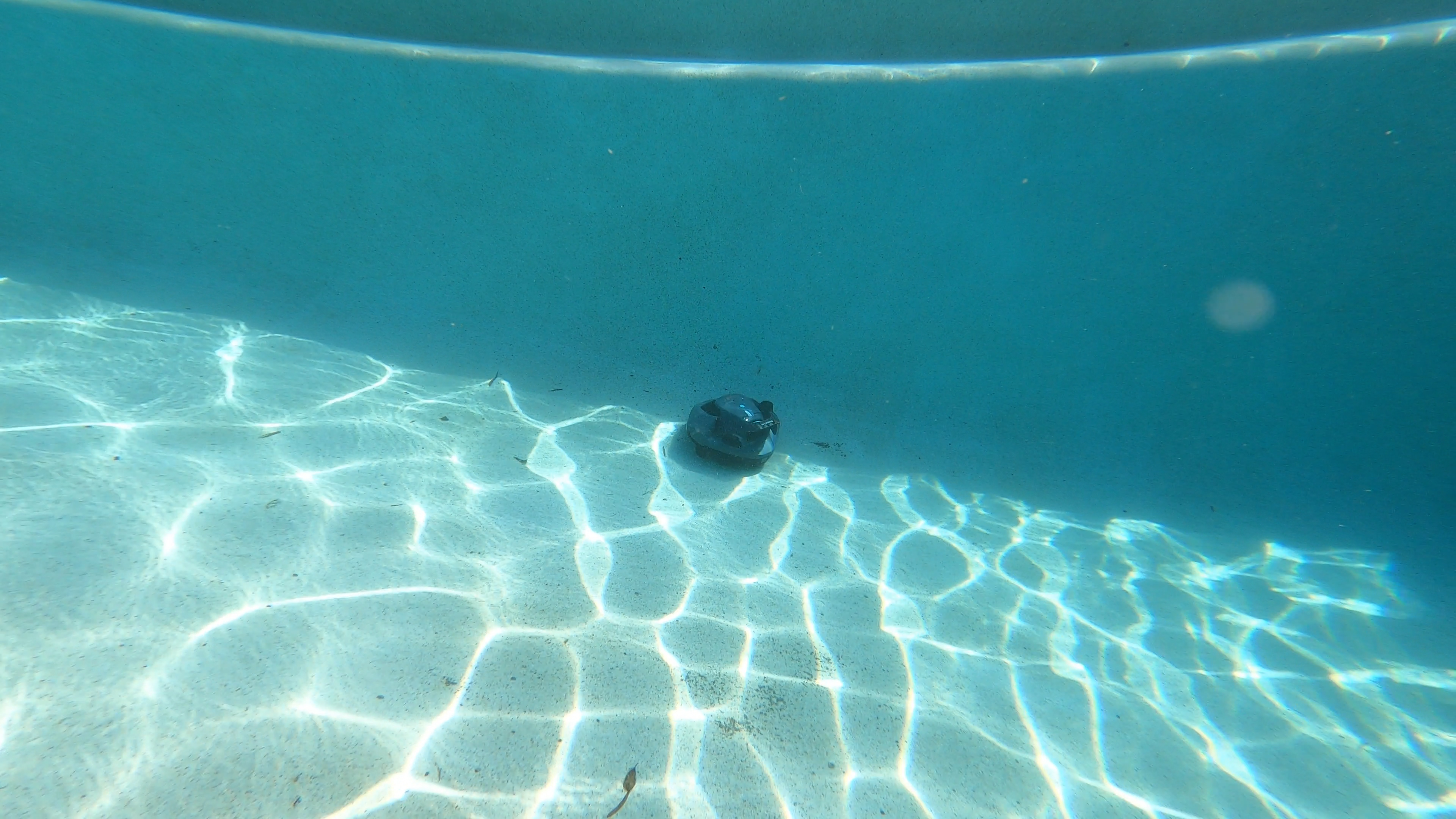
In conclusion, while the Aiper Seagull 600 offers slightly better pool coverage than the Aiper Seagull SE, neither model excels to a satisfactory level. Pool owners seeking more thorough and reliable cleaning coverage should consider advanced options like the Dolphin Premier or the Dolphin Quantum, which boast superior pool coverage capabilities across all pool surfaces.
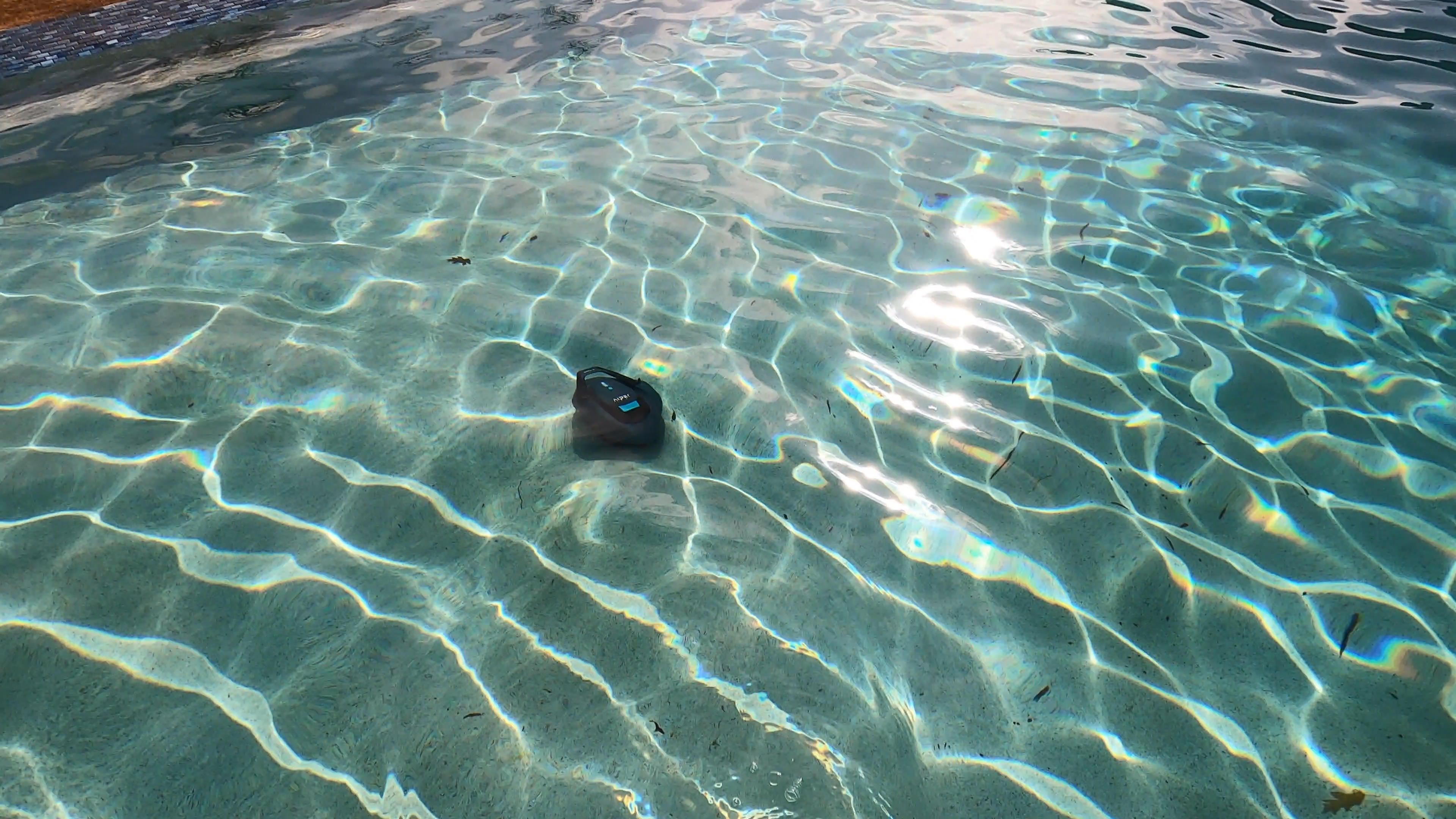
When comparing the filter systems of the Aiper Seagull 600 and the Aiper Seagull SE, it's essential to recognize the limitations and capabilities of each model’s filtration. Both models use flat filters, which fall short in capturing fine particles and providing efficient cleaning. However, there are distinct nuances worth noting.
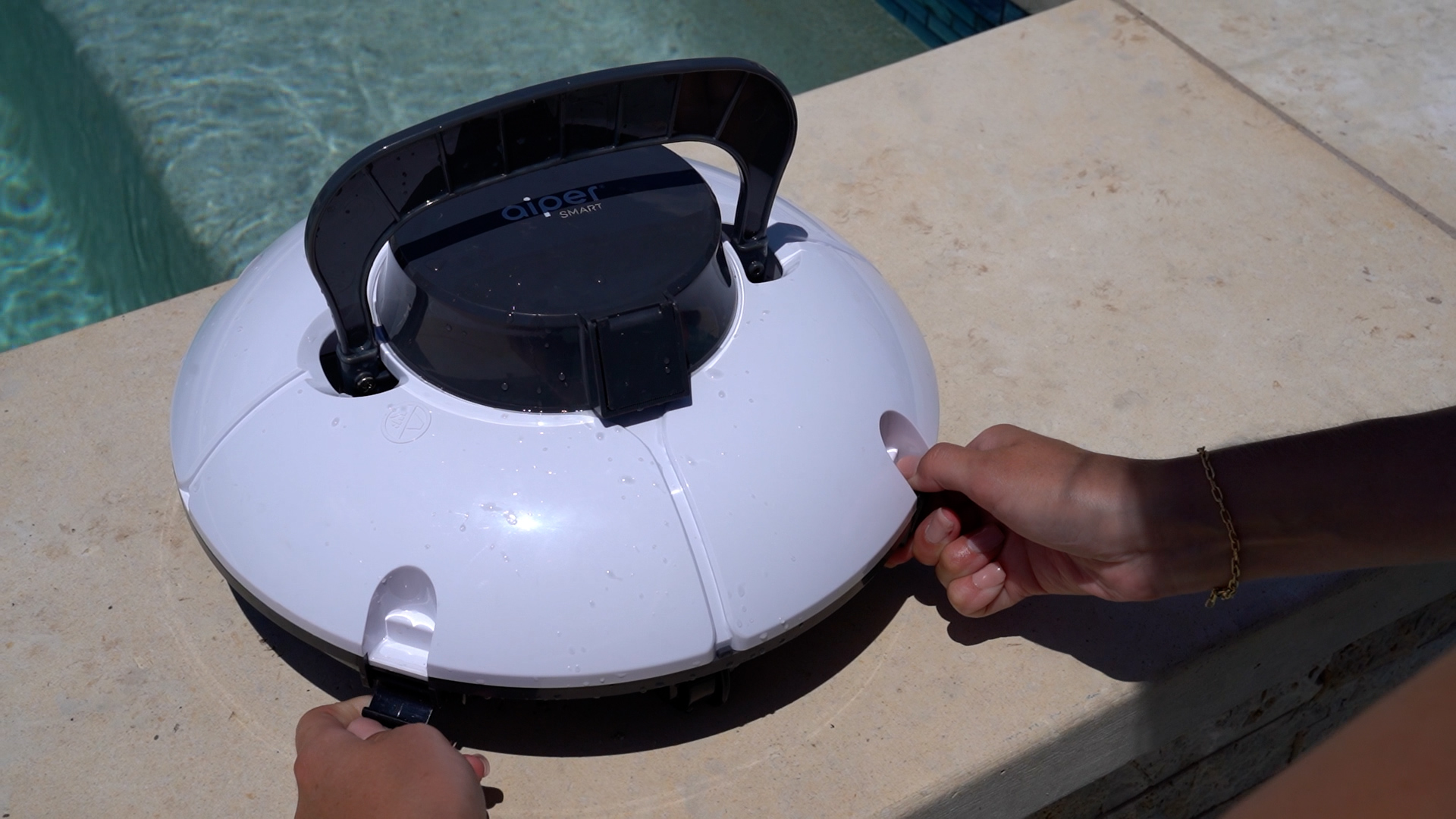
The Aiper Seagull 600 features a single-layer flat filter that struggles to capture smaller debris effectively. This system collects debris at the bottom of the unit, which can be troublesome to clean out completely. Users often find this design frustrating due to the hassle of snapping off the four clips that secure the filter. Moreover, the filter's inability to trap smaller particles means much of the debris simply gets recirculated back into the pool.
On the other hand, the Aiper Seagull SE employs a similar flat filter design but slightly improves upon the 600 model by enhancing the filter’s accessibility and ease of cleaning. Unfortunately, the SE’s filter still falls short in effectively capturing microscopic particles. Just like its predecessor, debris often ends up back in the water. While it offers a marginal improvement in user convenience, it does little to enhance overall filtration efficiency.

When examining the types of debris each model captures, it becomes clear that both the Seagull 600 and SE are better suited for larger debris like leaves and small twigs rather than finer elements like dirt and algae. Neither model offers multiple filtration options, such as the advanced NanoFilters found in Dolphin models, which can significantly improve water clarity.
In terms of filtration scores, the Aiper Seagull 600 received a 2/5, whereas the Aiper Seagull SE was slightly lower at 1.5/5. The lower score for the Seagull SE reflects its inability to deliver any significant improvement over the Seagull 600 despite the updated design. **Effective filtration results** are crucial for maintaining a clean pool, which both models have yet to achieve.
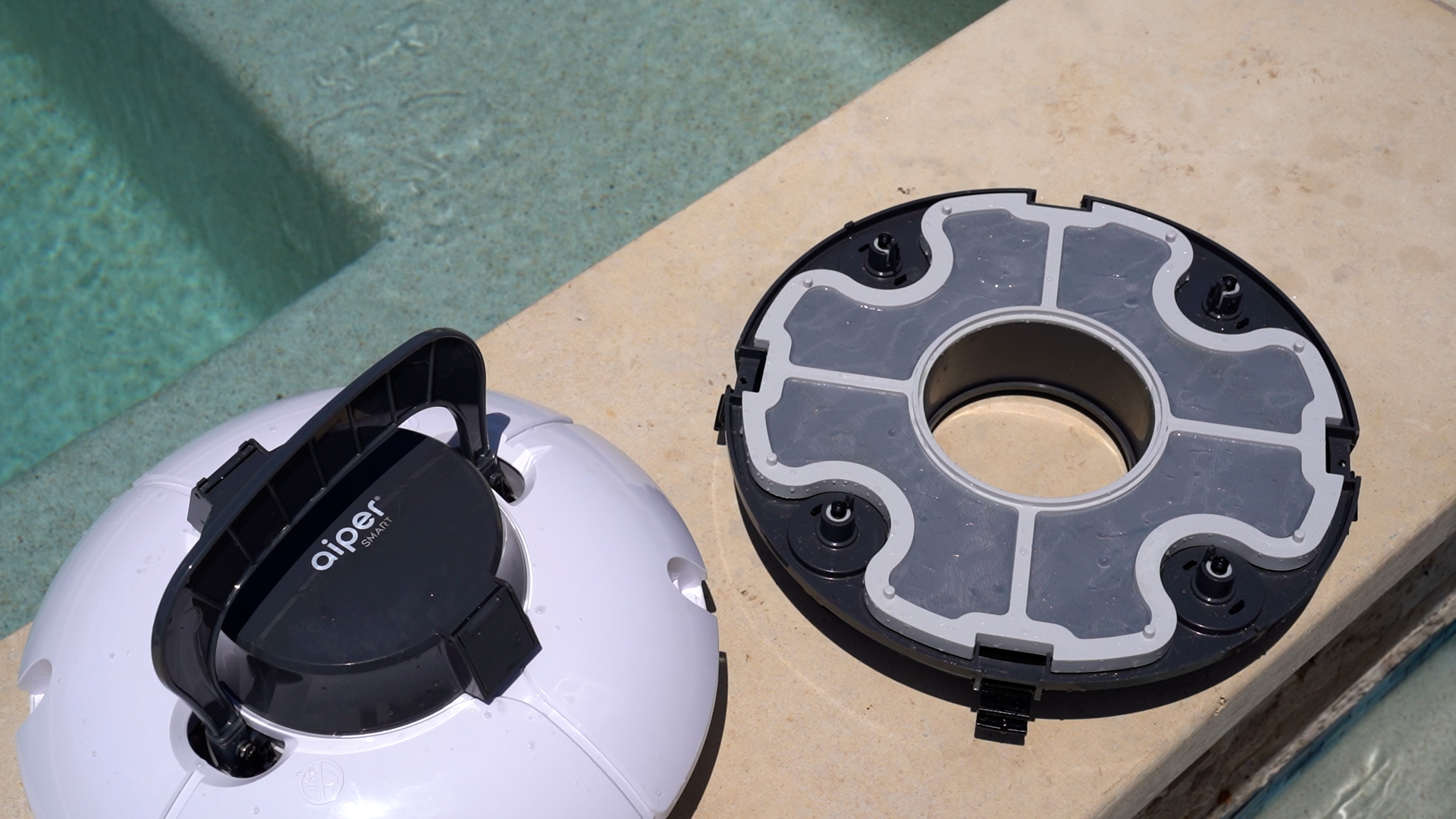
Given the performance metrics, neither the Seagull 600 nor SE offer adequate filtration capabilities that match up to higher-end models like the Dolphin Cayman or Dolphin Escape. These alternatives provide advanced filtration systems that surpass the Seagull models in maintaining pool cleanliness and water clarity.
When evaluating the feature sets of the Aiper Seagull 600 and the Aiper Seagull SE, both pool robots exhibit a range of functionalities but share several limitations. Diving into their features gives us a clearer picture of their usability and unique capabilities, or lack thereof.
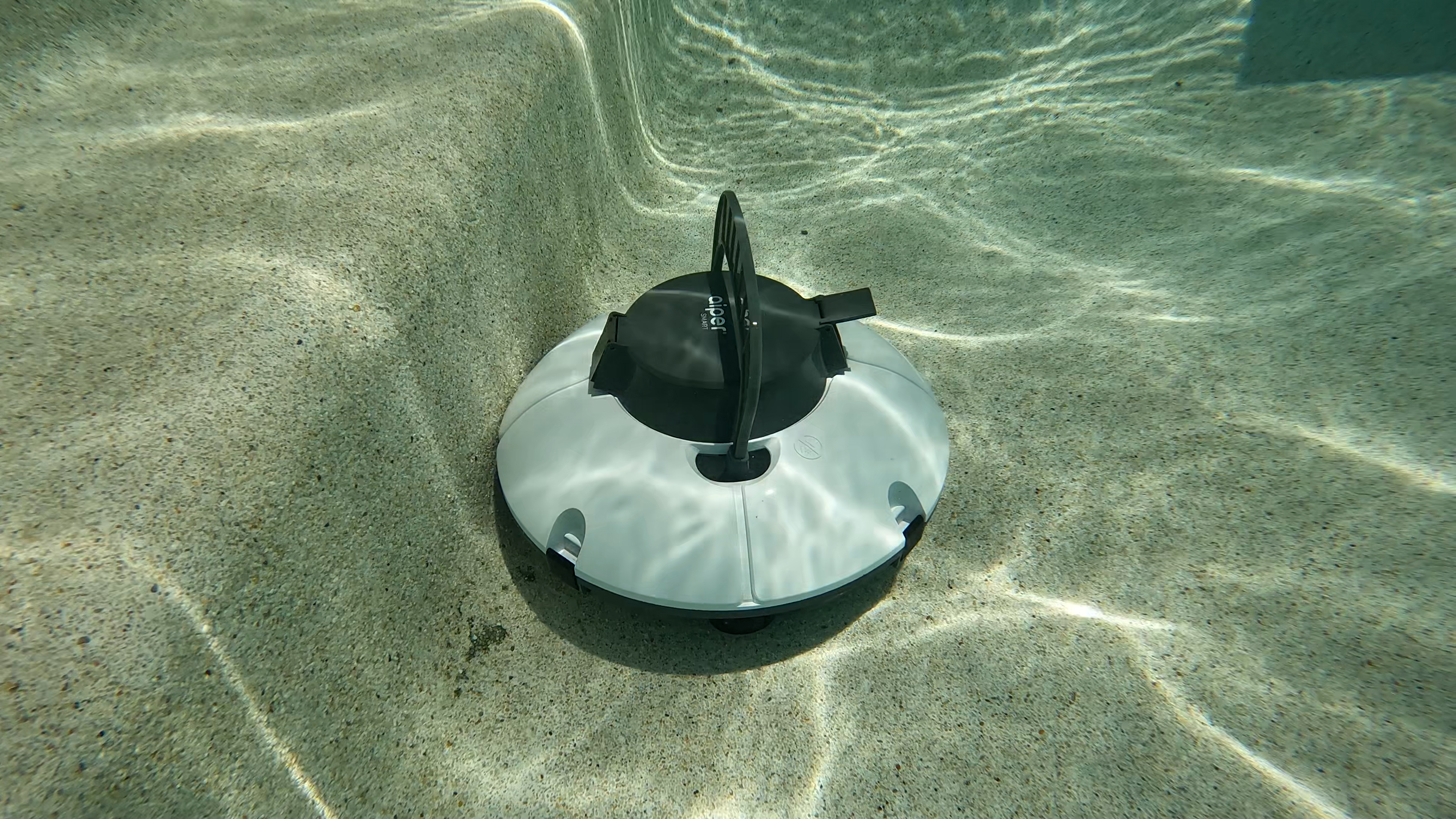
The Aiper Seagull 600's primary feature is its cordless design. On paper, this seems like a significant advantage but falls short in practice. The long charging times and weak motor negate the benefits of being cordless. Users often found the battery life insufficient for completing a full cleaning cycle. Moreover, the lack of an active brushing system further diminishes its cleaning effectiveness.
On the other hand, the Aiper Seagull SE attempts to address some of the shortcomings of its predecessor. It features a redesigned body and improved battery life, charging in about 2.5 hours. The SE model also boasts a longer operational duration of 90 minutes, compared to the 55 minutes of the Seagull 600. Despite these enhancements, the SE still fails to deliver significant improvements in overall performance.
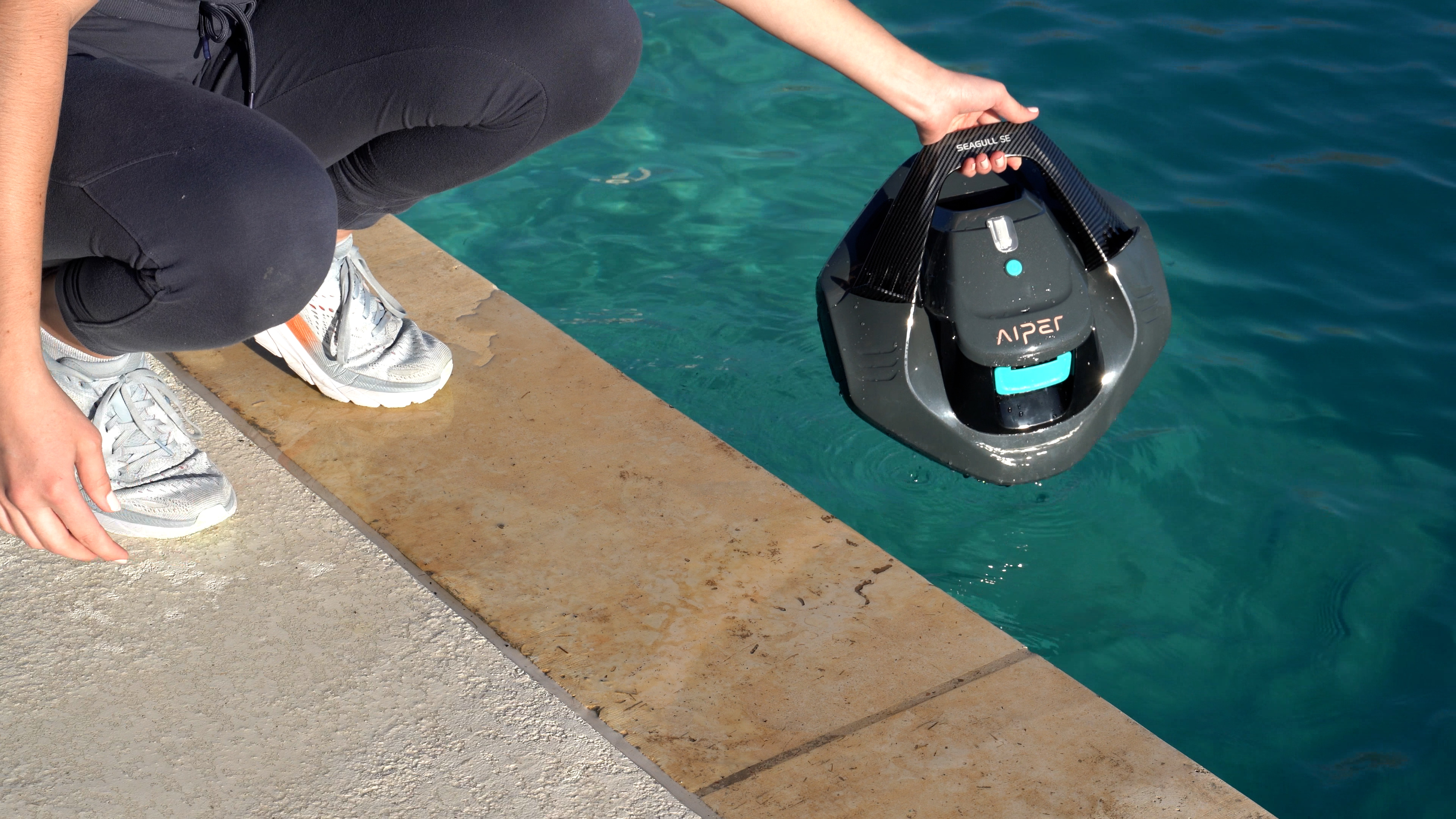
When it comes to usability, both models face significant drawbacks. The Seagull 600's long charging time and frequent need for recharging hinder its usability. Additionally, the cumbersome filter system, which requires snapping off four clips, adds to the user's inconvenience. This flat filter also lacks the capability to trap finer particles, which is crucial for maintaining a clean pool.
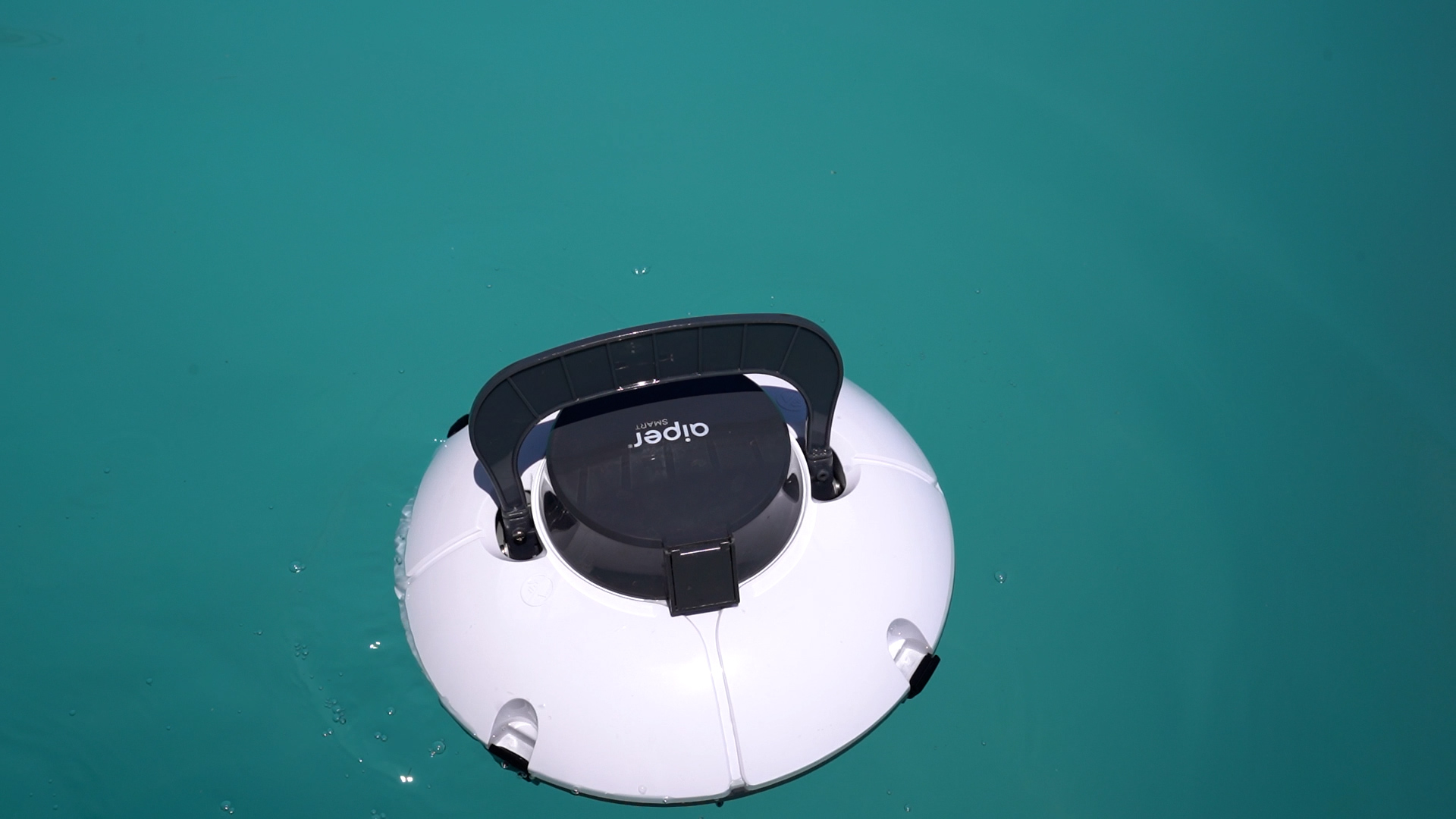
Conversely, the Seagull SE features an upgraded battery and a somewhat improved filter design. However, these improvements do not address the critical issue of effective filtration. The flat filter still falls short in capturing microscopic particles, resulting in a subpar cleaning experience. Additionally, it retains a one-year warranty, similar to the Seagull 600, which does not inspire confidence in its longevity and durability.
The feature scores for both models reveal their limitations starkly. The Seagull 600 scored a 2/5 largely due to its unfulfilled promises of cordless convenience and poor filtration system. The Seagull SE barely performed better with a score of 3/5 due to its modest improvements in battery life and design but failing to deliver significant advancements in functionality.
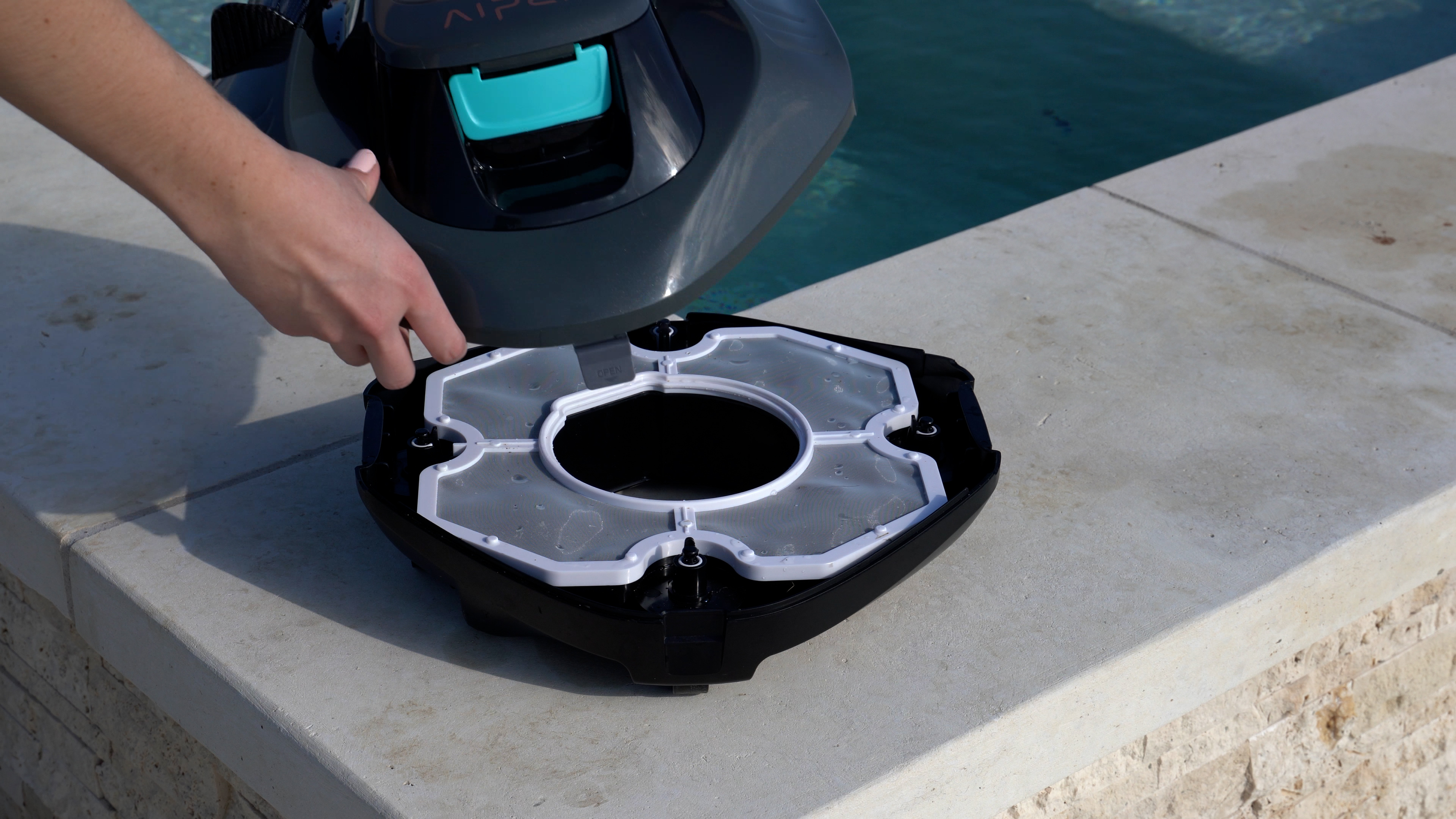
Ultimately, while both the Aiper Seagull 600 and Aiper Seagull SE include features aimed at providing convenience, they fall short of delivering a robust and comprehensive pool cleaning solution. For more thorough cleaning and dependable features, higher-end models such as the Dolphin Cayman or the Dolphin Escape offer better alternatives.
In summary, the Aiper Seagull 600 and the Aiper Seagull SE both fall short in their attempts to provide a reliable and efficient pool cleaning experience. The Seagull 600, with an overall score of 4 out of 10, struggled with issues like poor pool coverage, inefficient filtration, and a short battery life.
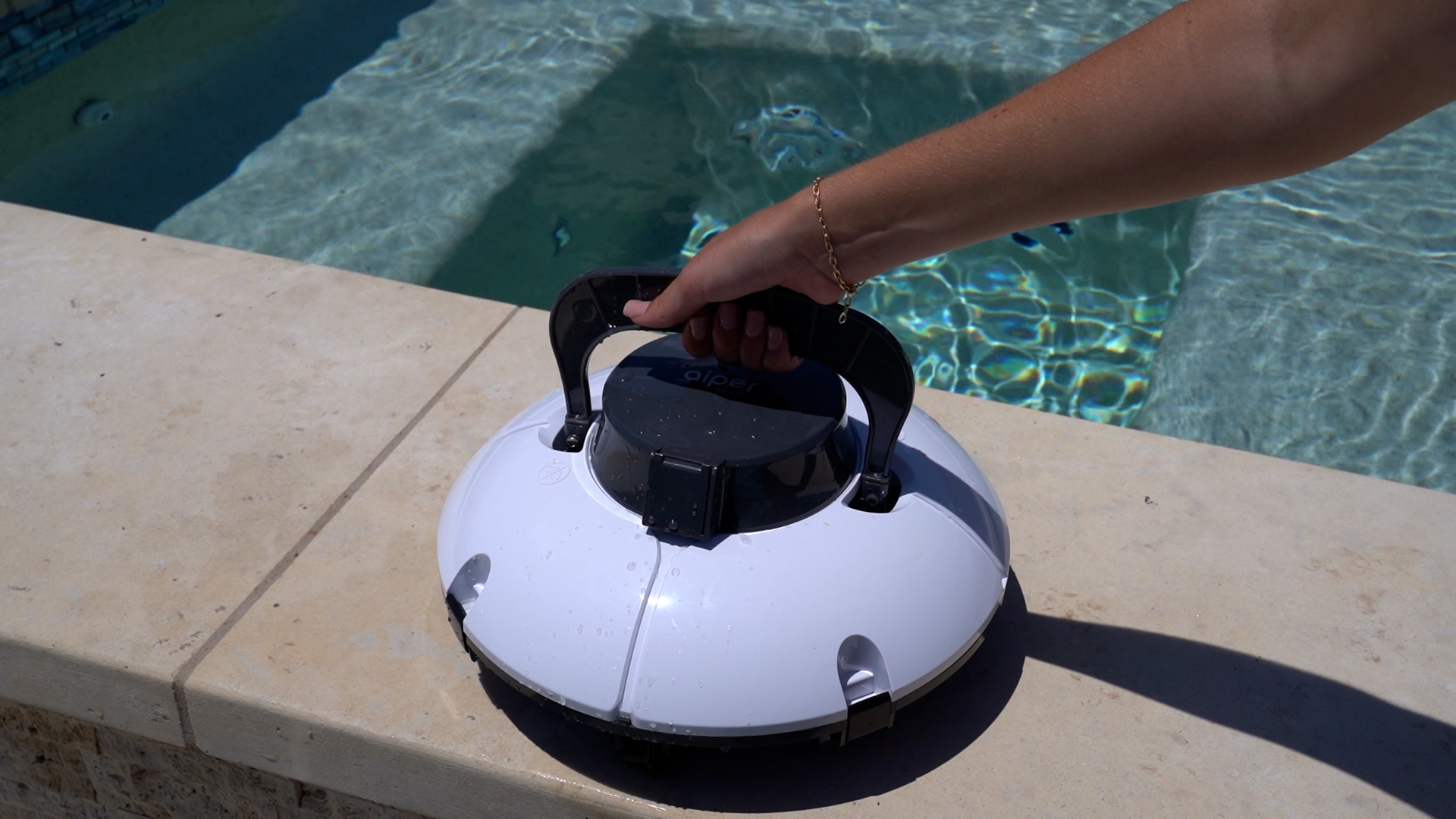
The Seagull SE, scoring even lower at 2.6 out of 10, aimed to improve on its predecessor but failed to deliver significant enhancements. It suffers from the same core issues: limited pool coverage, an ineffective filter, and a one-year warranty that does not inspire confidence.
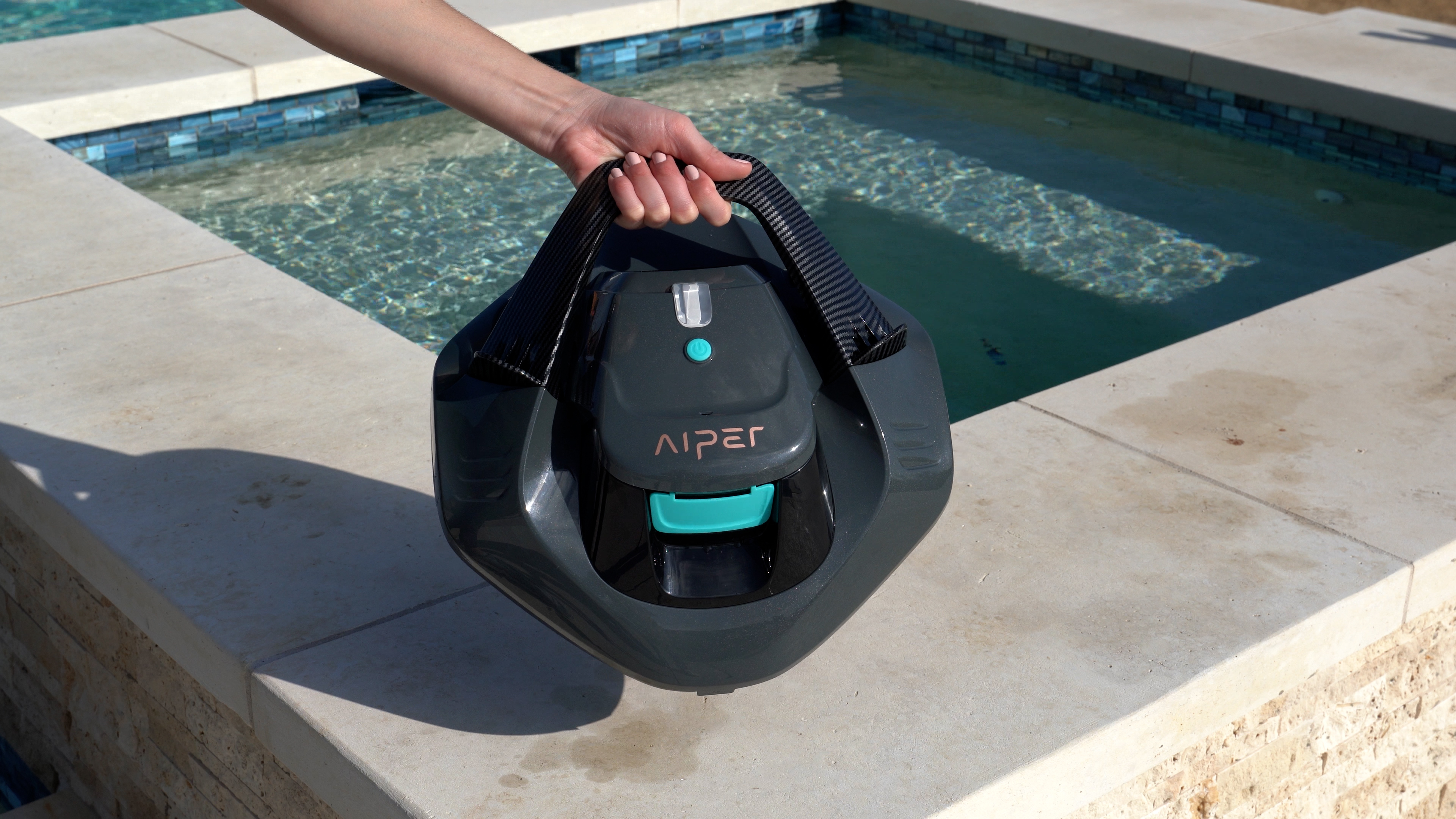
For those looking for true value and efficiency in a pool cleaner, it's wise to consider alternatives like the Dolphin Escape or the Dolphin Cayman. These models offer robust performance, efficient filtration systems, and longer warranties, ensuring a better return on investment.
Ultimately, while the Aiper Seagull 600 and SE provide budget-friendly options, they come with significant limitations in cleaning performance and durability. For a more satisfying pool cleaning experience, investing in higher-rated models is a better choice.
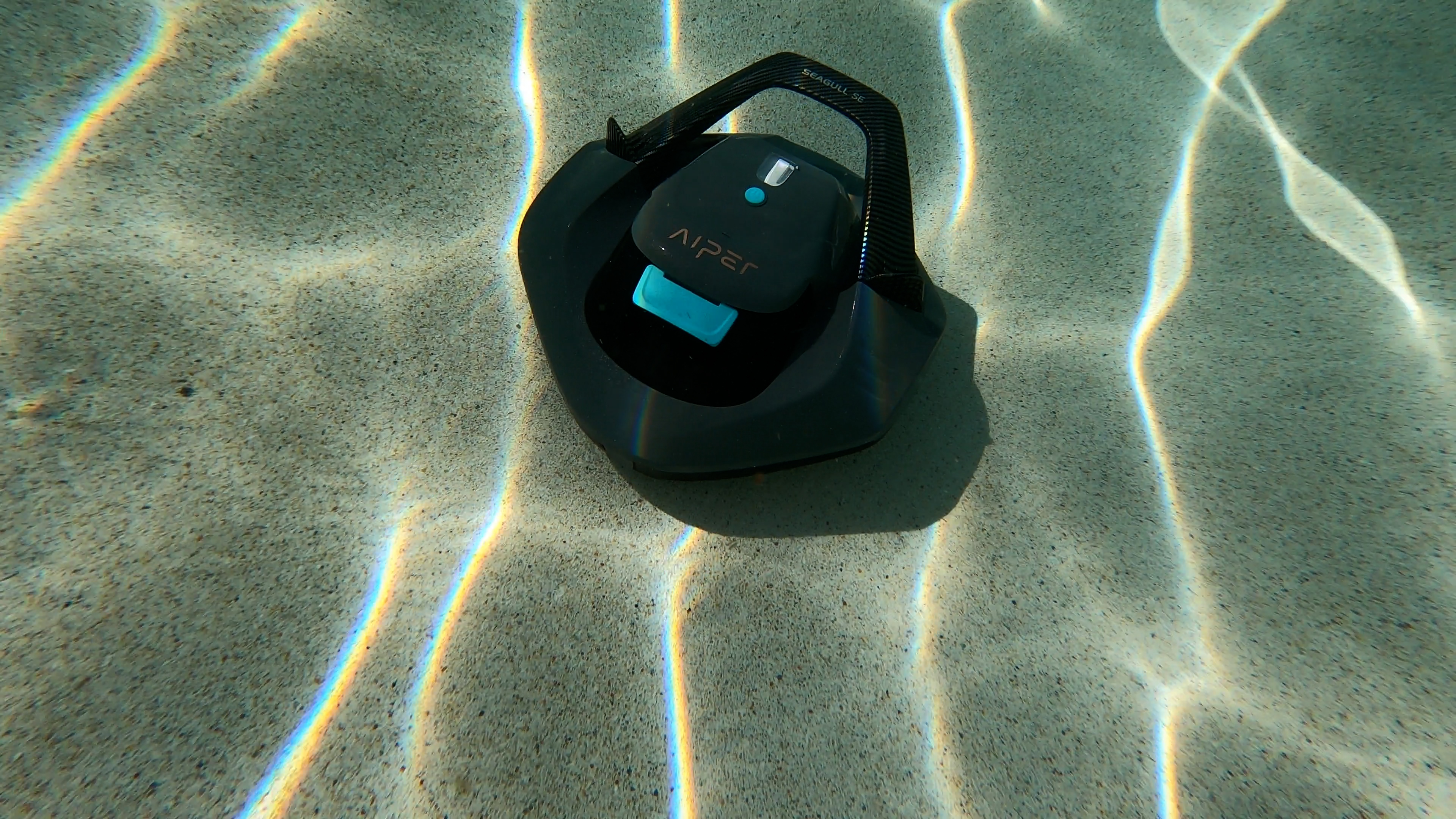
For more information on choosing the best pool cleaner, explore our detailed comparisons and reviews of top models in our best robotic pool cleaners of the year.
When it comes to seeking reliable alternatives, looking at a variety of highly-rated robotic pool cleaners can offer viable solutions. One such compelling option is the Dolphin Cayman. Unlike the Seagull 600 and Seagull SE, the Dolphin Cayman provides advanced features such as a weekly timer and an advanced MaxBin filtration system, which significantly enhance its performance and ease of use.
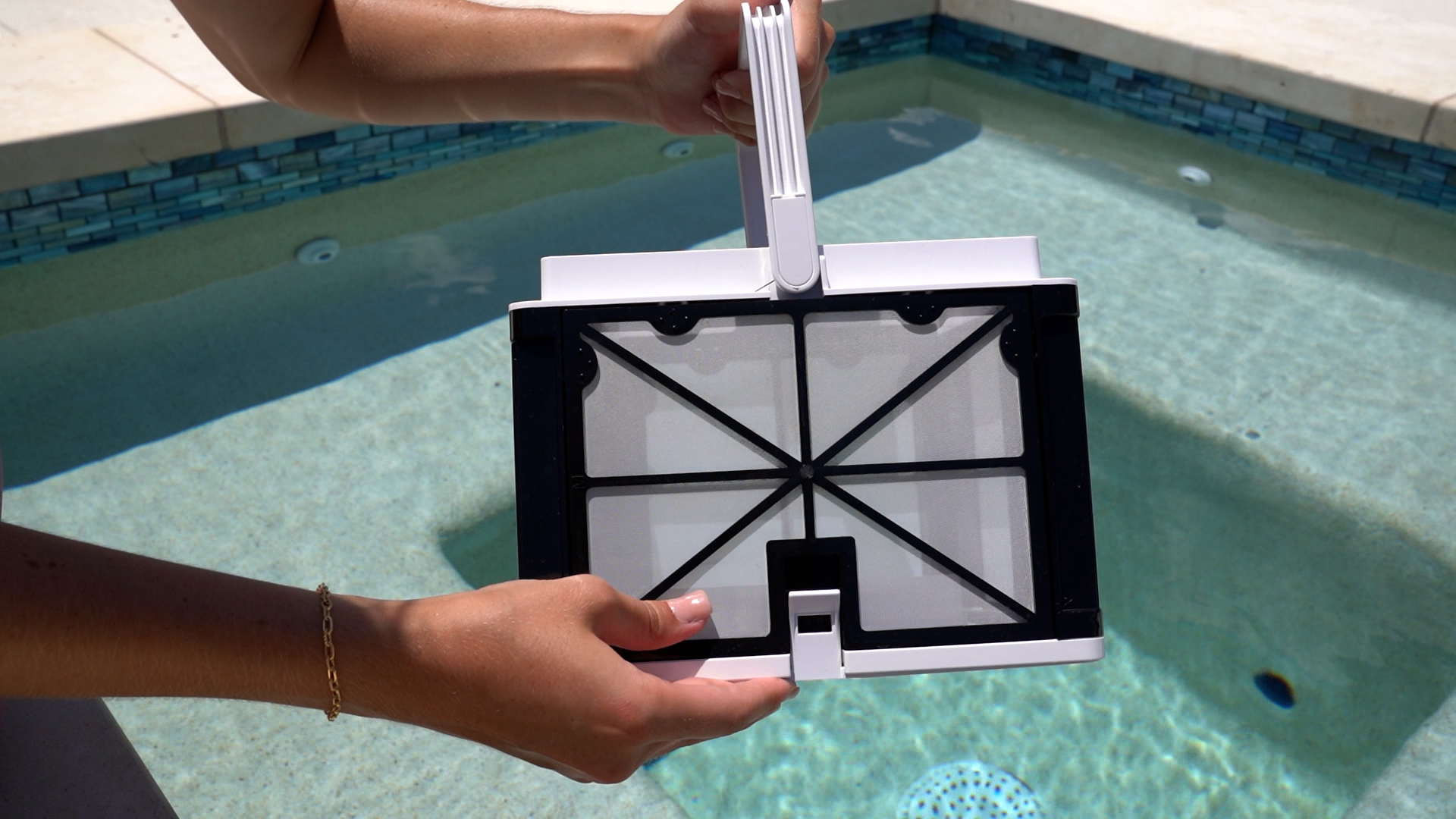
The Dolphin Cayman stands out with its powerful wall-climbing ability, thanks to its Hypergrip tracks and Smart Nav 2.0 system. These features ensure thorough pool coverage, including walls and hard-to-reach spots, making it a large step up from the floor-only coverage of the Aiper models. This robotic cleaner is perfect for those who need extensive cleaning without worrying about missed areas.
Another noteworthy alternative is the Dolphin Escape. Known for its HyperBrush technology and robust 4000 GPH flow rate, the Escape excels in both performance and efficiency. It covers larger debris with its MaxBin, which offers ample capacity and ease of cleaning, outperforming the less efficient filters of the Aiper models.
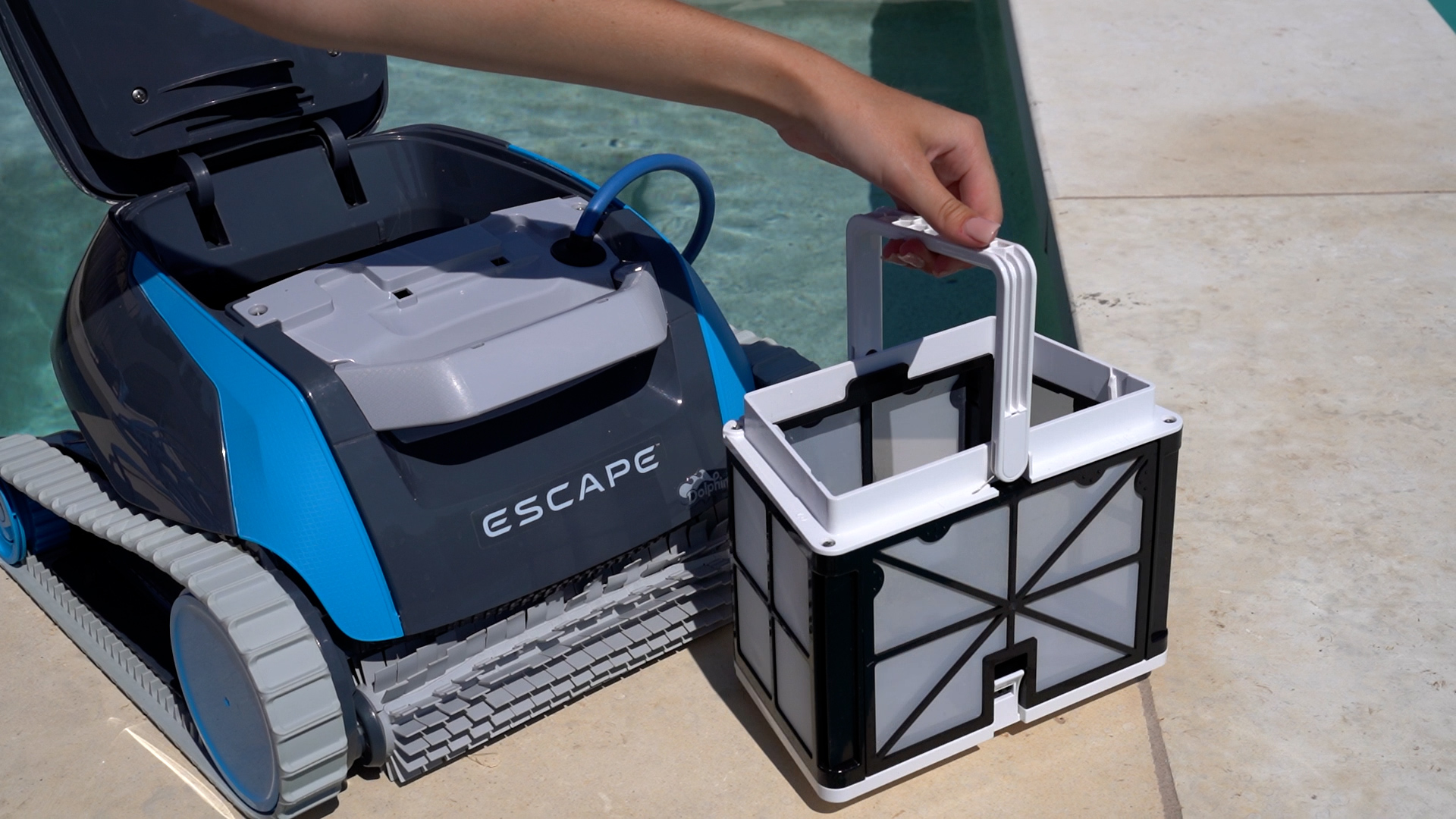
For those concerned with not only performance but also technology, the Aquabot REVA offers a modern touch. Featuring a gyroscope for better pool coverage and an intuitive smartphone app for easy control, the REVA provides a streamlined cleaning experience. Its dual-layer filtration system efficiently handles both large and small debris.
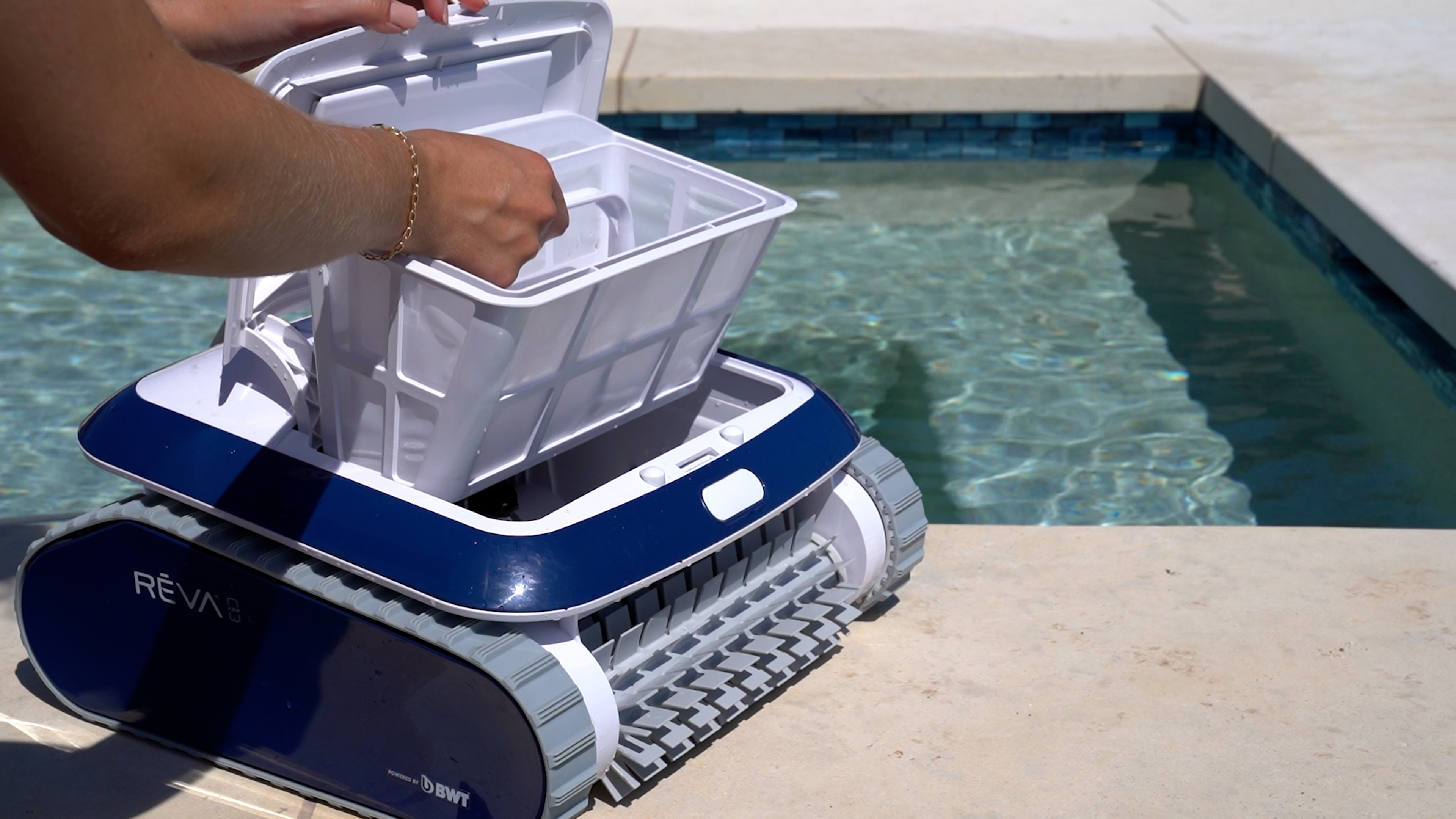
Unlike the Aiper models, the Dolphin Cayman, Dolphin Escape, and Aquabot REVA offer robust features and superior performance, making them standout options worth considering. Their advanced technologies and comprehensive cleaning capabilities ensure a cleaner and more enjoyable pool experience.
For those seeking comprehensive cleaning and convenience, investing in models like the Dolphin Premier or Dolphin Quantum further ensures an enhanced pool cleaning experience. Explore our detailed comparisons of these highly-rated models in our best robotic pool cleaners of the year guide.